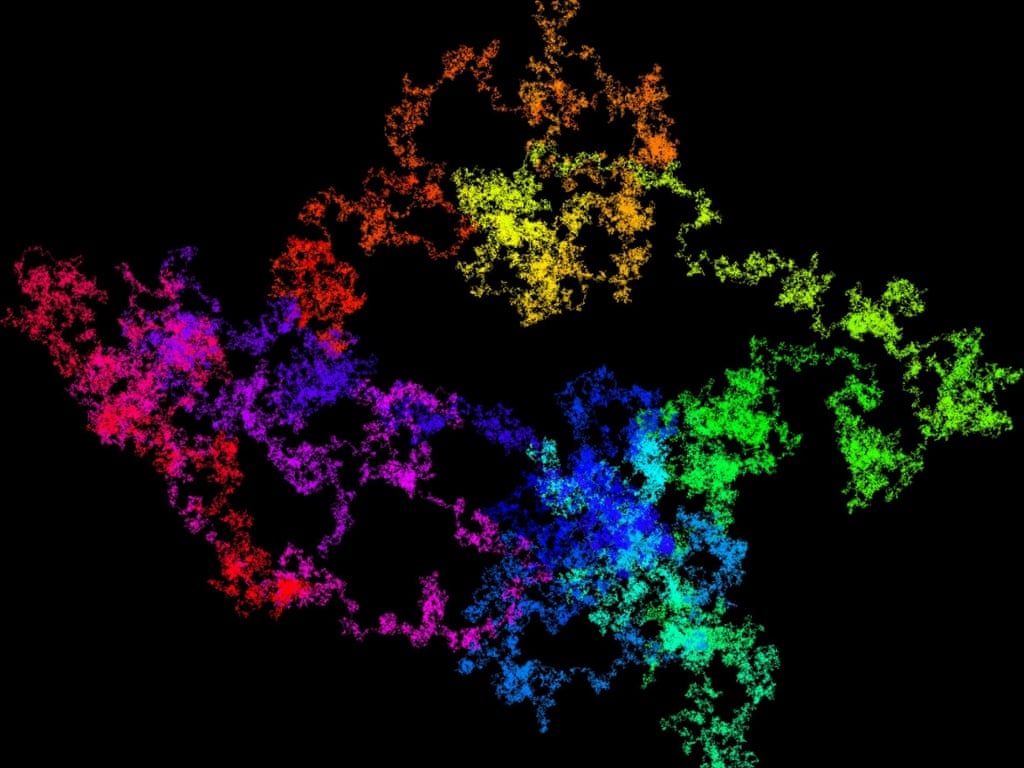Pi (pronounced “pie”) is a mathematical constant equal to the ratio of a circle’s circumference to its diameter. That means for any circle, you can measure the circumference and divide it by the diameter and you will get Pi every time!
Pi is an irrational number, which means that it cannot be expressed by a simple fraction. The digits after the decimal will go on forever without repeating. The colourful web of smoke in the image above is actually a data visualization (created by mathematician Francisco Javier Aragón Artacho) representing 100 billion digits of the number Pi!

Math enthusiasts celebrate all things circular on Pi day—March 14 (3.14). If you’re going to celebrate Pi day with a pie, you can serve it on March 14 at 3:09pm + 26 seconds. Get it? 03/14 15:9:26 (maybe that's pushing it...).
If you prefer cake to pi(e), March 14 is also Albert Einstein’s birthday.
Pi has been recognized as a special number for a long time. Ancient people (Babylonians and Egyptians) started studying circles and their proportions nearly 4,000 years ago! They noticed that the circumference of a circle is always a little more than three times its diameter.
Archimedes (around 200 BC) was able to calculate Pi much more accurately. He started by drawing a hexagon inside a circle, and another hexagon outside the circle, and measuring the perimeters of the hexagons. For more about Archimedes method, check out Better Explained and Delphi for Fun.
In recent years, Pi has been calculated to over one trillion digits! Don’t even try to memorize them all! However, you can remember the first few digits of Pi by counting the letters of the words in the phrase, “May I have a large container of coffee?” (3.1415926)
Hungry for more Pi?
Construct your own colourful representation of the number Pi with this fun and simple activity!
